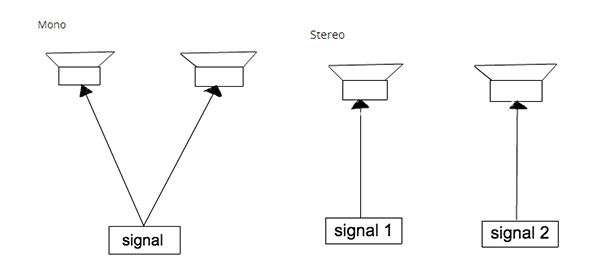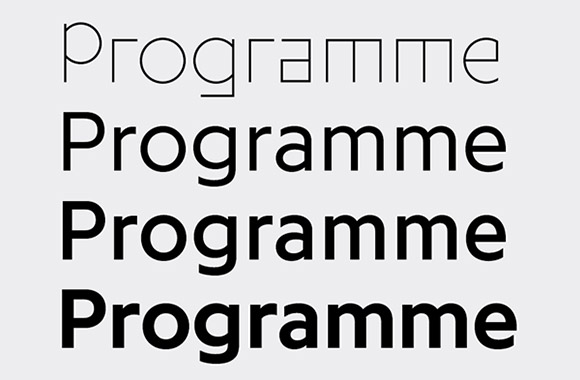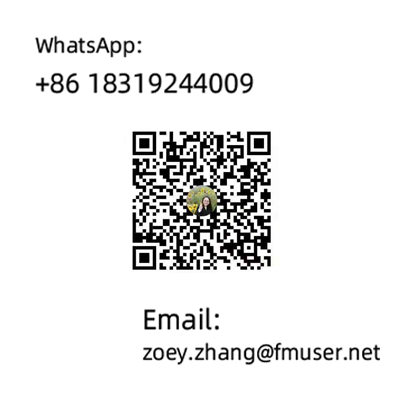Products Category
- FM Transmitter
- 0-50w 50w-1000w 2kw-10kw 10kw+
- TV Transmitter
- 0-50w 50-1kw 2kw-10kw
- FM Antenna
- TV Antenna
- Antenna Accessory
- Cable Connector Power Splitter Dummy Load
- RF Transistor
- Power Supply
- Audio Equipments
- DTV Front End Equipment
- Link System
- STL system Microwave Link system
- FM Radio
- Power Meter
- Other Products
- Special for Coronavirus
Products Tags
Fmuser Sites
- es.fmuser.net
- it.fmuser.net
- fr.fmuser.net
- de.fmuser.net
- af.fmuser.net ->Afrikaans
- sq.fmuser.net ->Albanian
- ar.fmuser.net ->Arabic
- hy.fmuser.net ->Armenian
- az.fmuser.net ->Azerbaijani
- eu.fmuser.net ->Basque
- be.fmuser.net ->Belarusian
- bg.fmuser.net ->Bulgarian
- ca.fmuser.net ->Catalan
- zh-CN.fmuser.net ->Chinese (Simplified)
- zh-TW.fmuser.net ->Chinese (Traditional)
- hr.fmuser.net ->Croatian
- cs.fmuser.net ->Czech
- da.fmuser.net ->Danish
- nl.fmuser.net ->Dutch
- et.fmuser.net ->Estonian
- tl.fmuser.net ->Filipino
- fi.fmuser.net ->Finnish
- fr.fmuser.net ->French
- gl.fmuser.net ->Galician
- ka.fmuser.net ->Georgian
- de.fmuser.net ->German
- el.fmuser.net ->Greek
- ht.fmuser.net ->Haitian Creole
- iw.fmuser.net ->Hebrew
- hi.fmuser.net ->Hindi
- hu.fmuser.net ->Hungarian
- is.fmuser.net ->Icelandic
- id.fmuser.net ->Indonesian
- ga.fmuser.net ->Irish
- it.fmuser.net ->Italian
- ja.fmuser.net ->Japanese
- ko.fmuser.net ->Korean
- lv.fmuser.net ->Latvian
- lt.fmuser.net ->Lithuanian
- mk.fmuser.net ->Macedonian
- ms.fmuser.net ->Malay
- mt.fmuser.net ->Maltese
- no.fmuser.net ->Norwegian
- fa.fmuser.net ->Persian
- pl.fmuser.net ->Polish
- pt.fmuser.net ->Portuguese
- ro.fmuser.net ->Romanian
- ru.fmuser.net ->Russian
- sr.fmuser.net ->Serbian
- sk.fmuser.net ->Slovak
- sl.fmuser.net ->Slovenian
- es.fmuser.net ->Spanish
- sw.fmuser.net ->Swahili
- sv.fmuser.net ->Swedish
- th.fmuser.net ->Thai
- tr.fmuser.net ->Turkish
- uk.fmuser.net ->Ukrainian
- ur.fmuser.net ->Urdu
- vi.fmuser.net ->Vietnamese
- cy.fmuser.net ->Welsh
- yi.fmuser.net ->Yiddish
RDS Technology & Operation in details

The post are details and notes about the Radio Data System, RDS technology and operation used for FM radio broadcast transmissions from FMUSER
FM RDS technology uses the basic radio broadcast FM signal and introduces new elements to the signal to carry the RDS data.By adding additional elements to the signal that do not interfere with the normal mono or stereo operation, non-RDS receivers are able to operate when the RDS technology is present on the signal.
How RDS Works
RDS operates by adding data to the baseband signal that is used to modulate the radio frequency carrier. The baseband signal consists of a number of components.
Firstly there is the mono audio consisting of the left plus right (L+R) component that is transmitted at the normal audio frequencies up to 15 kHz.

The stereo difference signal is then amplitude modulated as a double sideband suppressed carrier signal at 38 kHz. A pilot tone at 19 kHz (half the frequency of the stereo difference signal subcarrier) is also transmitted and this is used to enable the receiver demodulator to exactly recreate the 38 kHz subcarrier to decode the stereo difference signal.
The stereo difference signal is above the audio hearing range and as a result it does not detract from the normal mono signal. When adding anything new to a transmission, compatibility must be maintained with existing radios.

The RDS information is placed above the stereo difference signal on a 57 kHz subcarrier as shown. This happens to be three times the stereo pilot tone frequency. For stereo transmissions the RDS subcarrier is locked onto the pilot tone. It can either be in-phase with the third harmonic of the tone, or as in the case of the BBC it can be in quadrature.
For more detailed info on RDS working, click here.
The actual subcarrier that is used to carry the information is phase modulated to carry the data. It uses a form of modulation called Quadrature Phase Shift Keying (QPSK). This gives good immunity to data errors caused by noise whilst still allowing the data to be transmitted at a suitable rate. Combined with the fact that the subcarrier operates at a harmonic of the pilot tone, these facts minimise the possibility of interference to the audio signals.
RDS baseband coding
The rate at which data is transmitted is 1187.5 bits per second. This is equal to the frequency of the RDS subcarrier divided by 48. By adopting this data rate the decoding circuits to operate synchronously. This reduces problems with spurious signals in the decoding circuits.
Data is transmitted in groups consisting of four blocks. Each block contains a 16 bit information word and a 10 bit check word as shown. This means that with the data rate of 1187.5 bit per second approximately 11.4 groups can be transmitted each second.

A 10 bit check word may seem to be long. However it is very important in view of the poor signal conditions which can exist. This can be particularly true for car or portable radios. The check word enables the radio decoder to detect and correct errors. It also provides a method for synchronisation.
The data groups are structured so that data can be transmitted as efficiently as possible. Different stations will want to transmit different types of data at different times. To cater for this there are a there are a total of 16 different group structures.
Mixing of different types of data within groups is kept to a minimum. However the coding structure is such that messages which need repeating most frequently normally occupy the same position within groups. For example the first block in a group always contains the PI code and PTY and TP are to be found in block 2.
In order that a radio knows how to decode the data correctly, each type of group has to be identified. This function is performed by a four bit code occupying the first four bits in the second block.
Once generated the data is coded onto the subcarrier in a differential format. This allows the data to be decoded correctly whether the signal is inverted or not. When the input data level is "0" the output remains unchanged but when a "1" appears at the input the output changes its state.
With the basic signal generated the spectrum has to be carefully limited. This has to be done to avoid any cross talk in phase locked loop decoders. The power density close to 57 kHz is limited by the encoding each bit as a bi-phase signal. In addition to this the coded data is passed through a low pass filter.
RDS PTY Codes & Programme Types
Table giving definitions of the Radio Data System, RDS PTY types or programme types, indication the type of programme style of a radio station.
One of the key elements of RDS is that it is possible to identify the type of station.
Each RDS transmission carries and RDS PTY code, and this indicates the "Programme TYpe".

The RDS PTY code has a given value and this indicates the type of programme material carried.
The RDS PTY codes have slightly different categorisations dependent upon whether the stations are in Europe or North America. For Europe the RDS Forum developed the standards, whereas within North America the system is known as the RBDS, Radio Broadcast Data System. When the RBDS standard was developed, no attempt was made to match the original RDS plan for PTY type numbers.


You may also like:
What is Radio Data System(RDS)?

